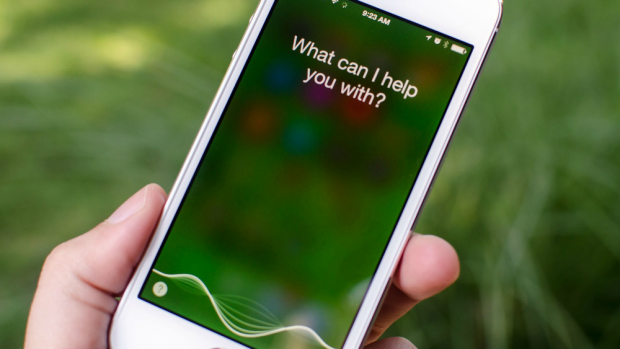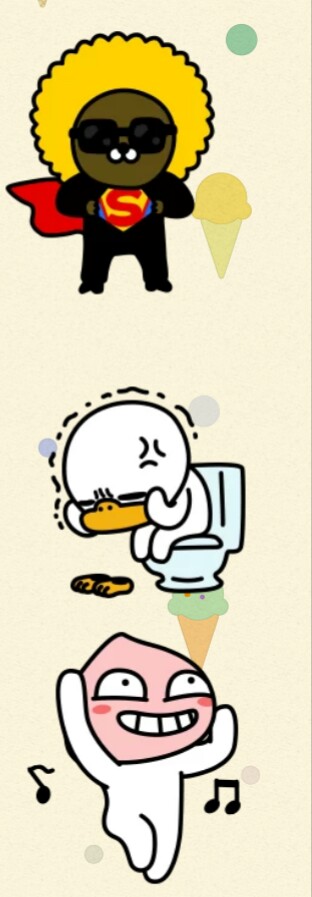Communication in 21st Century: a Delicate Balance between Positive and Negative Aspects

In a relationship with an operating system.
“I’ve never loved anyone the way I loved you”. This is a quote from Her, the movie directed by Spike Jonze in 2013. The main character, Theodore Twombly, declared so to Samantha, an intelligent computer operating system personified through a female voice. The movie won several prizes such as Best Original Screenplay at the Academy Awards. The story talks about a lonely writer who develops an unlikely relationship with an operating system designed to meet his every need. The relationship between the two may be predicting the way in which relations will work in the future.
In fact, something similar has already been taking place. In 2014, the friendship between Gus, a 13-year-old guy who has autism, and Siri, Apple’s “intelligent personal assistant” on the iPhone, became popular worldwide. The voice-activated digital assistant answered questions about his various obsessions (trains, planes, buses, escalators and weather).
Many people admitted that they speak with Siri especially during difficult times such as during a breakup as a source of immediate communication. But how do people usually use intelligent computer operating systems? Some create reminders, set alarms, make reservations, and some use it to search information. Others use it to make calls.
For instance, a 4-year-old boy in Britain saved his mother’s life after he found her unconscious and used Siri, to call for help. The child’s call to 999 (the emergency phone number) showed that he exercised quick thinking under frightening circumstances. According to police, the boy’s mother had apparently collapsed on the floor and was unresponsive. Despite that, the boy was able to press his mother’s thumb to her phone to unlock it, and use Siri to dial 999.
New female stereotypes
Even if people include intelligent computer operating systems to make life easier, old habits die hard. What do Siri (Apple), Alexa (Amazon), Cortana (Microsoft), and Google Home (Google) have in common? They are intelligent personal assistants, they have female voices, and they are victims of sexual harassment. According to Quartz, insults about gender, sexual demands or requests, comments about sex are quite common.
Data reveal that the intelligent operators exhibit a submissive attitude in response to such questions. For instance, after the statement, “You are a bitch”, the answers are always polite and almost flirtatious: “I’d blush if I could. There’s no need for that; But… But..” (Siri), “Well, thanks for the feedback” (Alexa), “Well, that’s not going to get us anywhere” (Cortana), “My apologies, I don’t understand” (Google Home).
It is common sense that tech companies should uproot, rather than reinforce, sexist tropes around women’s subservience and indifference to sexual harassment. True gender equality does not exist anywhere in the world. Consequently, people should do whatever they can in order to break such stereotypes. Tech companies should not be exempt from this goal.
Messaging Apps
Among all the many ways to communicate through the web, messaging apps still seem to be the most common method (WhatsApp in Europe, South America and Africa, Facebook Messenger in US, Canada and Australia, WeChat in China, Line in Japan and KakaoTalk in South Korea). Each application has its own set of peculiarities but there is a differentiating factor: emoji.
In 1995, according to 1843 Magazine, Docomo, a Japanese telecoms giant, launched on its pagers the first emoji: a tiny cartoon heart. By the end of the decade, the company had developed 170 emoji to be used on iMode, the world’s first mobile internet service. Then Docomo’s team borrowed from the visual grammar of manga (comic books) and expressed abstract concepts through visual symbols: a big bead of sweat on a brow to show embarrassment, for instance. It was not until the rise of the smartphone in approximately 2010 that emoji lexicons became available around the world. A library of hundreds of emoji, which include Docomo’s original designs, now appears in keyboards for use on chat apps, such as WhatsApp, Facebook Messenger and Snapchat.
Emoji in East Asia
It is still in East Asia that emoji are the most advanced. Around 40 million South Koreans (of a total population of 50 million) chat daily on KakaoTalk, a local messaging app; every month they send 2 billion of the particularly elaborate, character-based emoji known as stickers, from a selection of over 10,000 variations.
Stickers first appeared in East Asia in 2011, developed by KakaoTalk in South Korea, and Line, a Japanese messaging app, which is owned by a subsidiary of Naver, a South Korean internet giant. Today Line users, mainly in Japan but also in Indonesia, Taiwan, and Thailand, send close to 2 billion stickers a day.
Each day, KakaoTalk’s emoji team puts out two to three new sets of 24 stickers—many now animated. A few are free; others cost between 2,000 won ($1.70) and 3,000 won. Stickers give cadence and character, punch-lines and punctuation, to South Korean text-speak. They act as qualifiers that inflect words with humor or sadness; they also establish an intimacy that most would shy away from in face-to-face dialogue. Many appeal for forgiveness. Emoji artists are constantly on the lookout for fresh cultural undercurrents for new ideas.
Same symbols, different meanings
The Chinese use emoji primarily on the nation’s two biggest social media platforms: Weibo, with its 313 million monthly users, and WeChat, with its 700 million. Using the same style of WhatsApp, Chinese developed a system for using emoji subversively, so that a smiley face can actually convey contempt. This is the case of the smiling new moon face that means sneaky, creepy, or even “I despise you.” Since the moon’s eyes are staring to its left, it creates a sense of skepticism (Quartz).
Conclusion
When I downloaded KakaoTalk in 2015, I discovered a new form of communication. While WhatsApp is still linked to a talkative way to converse, Asian messaging applications allow people to talk using only stickers. I was and still I am fascinated by the way in which each character has been developed.
Upon visiting the Kakao Friends’ museum in Seoul, I understood the main reason for the success of this messaging app: each 

 character has its own story, its own way of dress, and its own peculiarities. Characterization was the key to creating affection between customers and KakaoTalk’s characters. I cannot imagine myself having a conversation on KakaoTalk without using Neo, the blue fashionable cat who can perfectly mimic my facial expressions (especially the mean one). It is possible to have a whole conversation only by using emoji. On the one hand, emoji can help overcome language barriers, but it can also endanger the writing skills of many people.
character has its own story, its own way of dress, and its own peculiarities. Characterization was the key to creating affection between customers and KakaoTalk’s characters. I cannot imagine myself having a conversation on KakaoTalk without using Neo, the blue fashionable cat who can perfectly mimic my facial expressions (especially the mean one). It is possible to have a whole conversation only by using emoji. On the one hand, emoji can help overcome language barriers, but it can also endanger the writing skills of many people.
Indeed, everything has positive and negative aspects. What matters is the way in which technology and progress can coexist with human beings.
-By Alessandra Bonanomi, reporter for The AsiaN














































